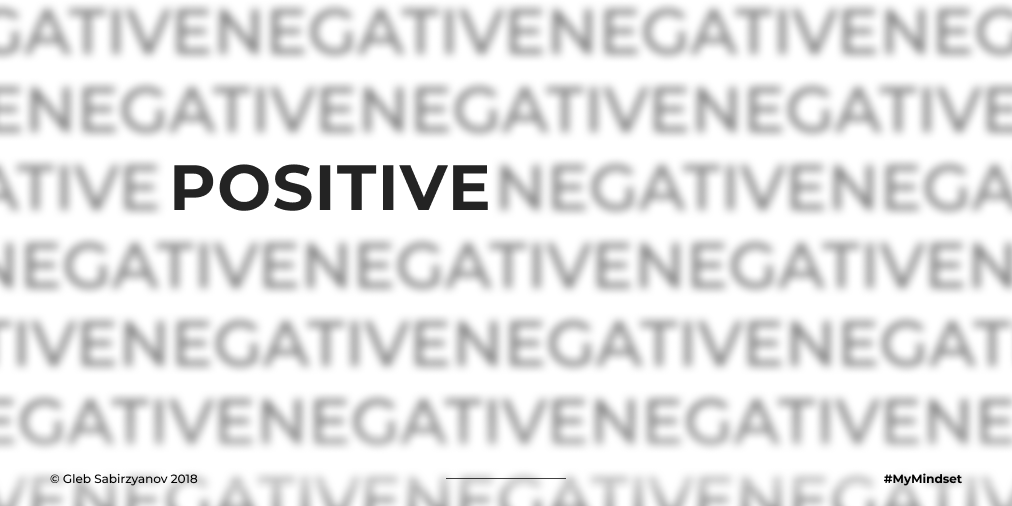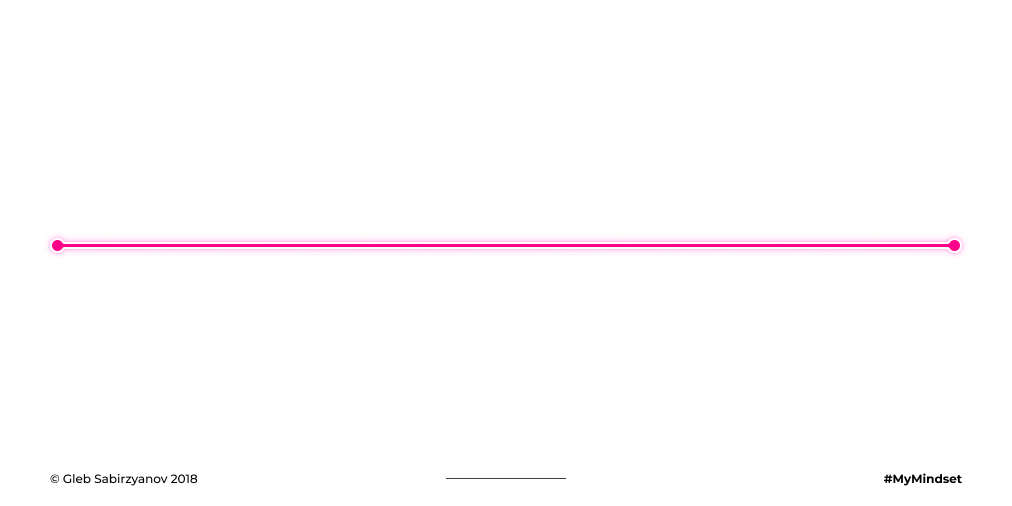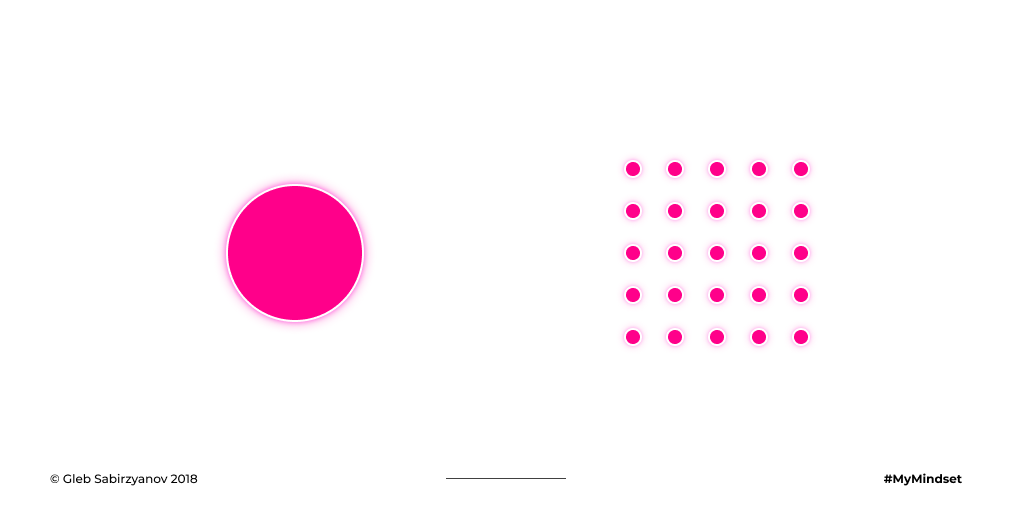The Feynman Technique is a unique learning method that prioritizes simplicity to create depth of understanding.
It is named after Richard Feynman—an American theoretical physicist who won the Nobel Prize in 1965 for his groundbreaking work in quantum electrodynamics.
Richard Feynman was certainly intelligent.
But there are a lot of intelligent people in the world.
Feynman's true genius was noted as his ability to convey complex ideas in simple, elegant ways.
He observed that complexity and jargon are often used to mask a lack of deep understanding.
Hence “The Feynman Razor” that I’ve written about:
If someone uses a lot of complexity and jargon to explain something to you, they probably don’t understand it.
The Feynman Technique is a learning framework that requires you to develop a deep understanding of a given topic.
It involves four key steps:
(1) Set the Stage
(2) ELI5 (Explain It To Me Like I'm 5)
(3) Assess & Study
(4) Organize, Convey & Review
Let's cover each step:
Step 1: Set the Stage
What’s the topic you want to learn?
Starting with a blank page, write the topic at the top and jot down everything you know about it.
Read & research the topic.
Add any new learnings or insights as you develop them.
Step 2: ELI5
Here's where it gets unique:
Attempt to explain the topic to someone without a base understanding of it (i.e. a “child”).
On a blank page, write down everything you know about your topic—but pretend you are explaining it to a child.
Use simple language!
Step 3: Assess & Study
Reflect on your performance—form an honest assessment.
How well were you able to explain the topic to a child? Where did you get frustrated? Where did you turn to jargon?
These are the gaps in your understanding!
Read and study more to fill them.
Step 4: Organize, Convey & Review
Organize your elegant, simple language into a clear, compelling story or narrative.
Convey it to a few others, then iterate and refine accordingly.
Review your new, deep understanding of the topic.
Remember: Simple is beautiful.
The Feynman Technique is a powerful framework for learning anything.
The best entrepreneurs, investors, and thinkers have leveraged this technique—whether they know it or not!
Their common genius: the ability to abstract complexity and convey ideas in simple, digestible ways.
It's easy to overcomplicate and intimidate—we all know people who try to do this.
But don't be fooled—complexity and jargon are often used to mask a lack of deep understanding.
Be better.
Use the Feynman Technique: Find beauty in simplicity.
The Feynman Technique is a personal favorite—I use it every single day.
Follow me
@SahilBloom for more threads on learning, productivity, and decision-making.
I go deeper on these topics in my newsletter. Join the 110,000+ others and subscribe below!
https://t.co/wksUquzRBl







